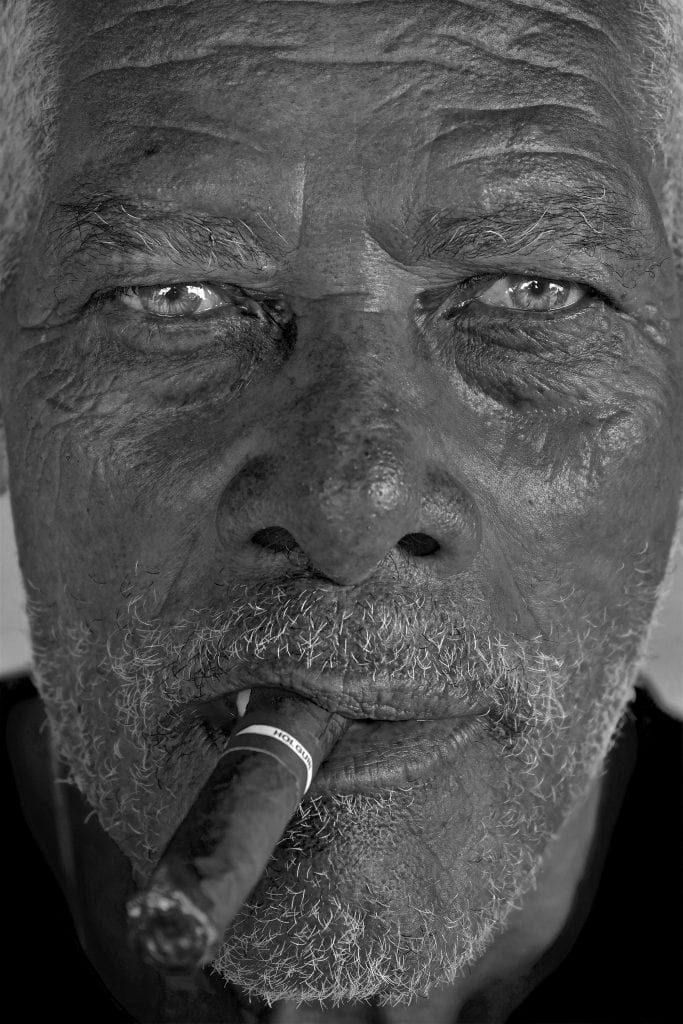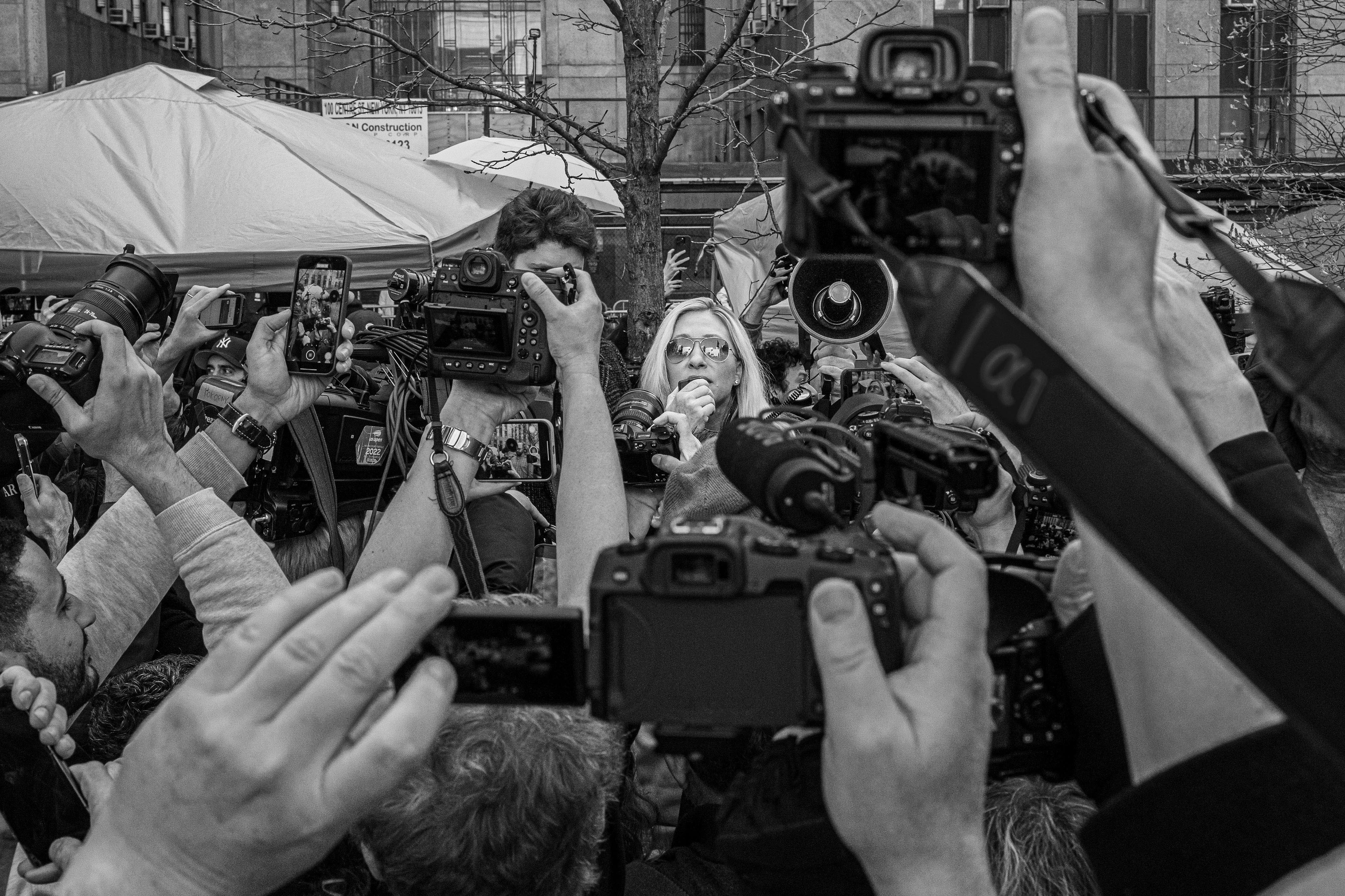In perhaps the best description I’ve seen of what the photo essay should be, the late Howard Chapnick, founder of Black Star Agency and a legendary figure in photojournalism, described what he thought was important for a strong photo essay in his book Truth Needs No Ally.

We’ve seen a paradigm shift to digital since his book published, but Chapnick reminds us that in the end, it’s the photograph that matters most, regardless of how it was captured. Though so much has changed, some things have not and may never change. Content is paramount, and though written for the documentary community, his words ring true regardless of the personal project you pursue. The following are quotes from his book:
1. The photographer must start with an idea that is cogent, concise, journalistically realizable, and visually translatable.
2. The subject must have depth and diversity of situations, and visual redundancies must be avoided. Each photograph should add new dimensions of understanding.

3. Photographic essays need time—time to permit exploration of every nuance of the subject, time to allow the elements of conflict within the story to reveal themselves, time for the photographer to be immersed in the subject and grow in understanding of it.
4. Photographic essays require cooperation. Subjects of such stories should be apprised early on in the project that demands on them will be great, that the photographer might intrude on the individual’s privacy in getting beyond superficial coverage.
5. If the story is based on an individual personality, it must reveal the essence of that individual, warts and all, and not be press-puffery in lieu of honesty and reality.

6. Great photographic essays are dependent on words to amplify the photographs, to interpret photographic ambiguities, to form a journalistic whole, where words and pictures are perfectly matched.
7. On a photographic essay, preconceptions and illusions are dashed. Photographic essays can turn out to be voyages of discovery in which the subject’s evolution is antithetical to the original conception. Such was Gene Smith’s journey into the life of Dr. Albert Schweitzer in Lambaréné. At the beginning, Smith had expected to find the saint that he had conjured up in his mind, but after months of photographing Schweitzer, Smith found him to be an autocratic man complete with human foibles.
8. The success of a photographic essay depends on attention to detail. The photographer should have a structure in mind, written or unwritten, as the essay unfolds. All along the way, the photographer should have a mental or written checklist against which the photographs are made, so that when the work is finished there are no unfilled gaps in the story.

9. Putting together a photographic essay is personal. It cannot be done by committee. It is an individual statement, so conceived that usually only the photographer is capable of putting it together in a comprehensible way. That doesn’t mean that the art directors cannot contribute meaningful ways of putting the pictures on a page or that editors cannot add valuable insights into the structuring of the essay. But ultimately, the photographer has to decide what story is to be told and how.
Some great information and hard to believe the book came out almost 25 years ago. Content is timeless, content is king.
From Time Magazine…
Sept 20, 1948 Photo Essay by W. Eugene Smith
Although lauded for his war photography, W. Eugene Smith left his most enduring mark with a series of midcentury photo essays for LIFE magazine.
The Wichita, Kans.–born photographer spent weeks immersing himself in his subjects’ lives, from a South Carolina nurse-midwife to the residents of a Spanish village. His aim was to see the world from the perspective of his subjects—and to compel viewers to do the same. “I do not seek to possess my subject but rather to give myself to it,” he said of his approach.
Nowhere was this clearer than in his landmark photo essay “Country Doctor.” Smith spent 23 days with Dr. Ernest Ceriani in and around Kremmling, Colo., trailing the hardy physician through the ranching community of 2,000 souls beneath the Rocky Mountains.
He watched him tend to infants, deliver injections in the backseats of cars, develop his own x-rays, treat a man with a heart attack and then phone a priest to give last rites. By digging so deeply into his assignment, Smith created a singular, starkly intimate glimpse into the life of a remarkable man.


It became not only the most influential photo essay in history but the aspirational template for the form.











